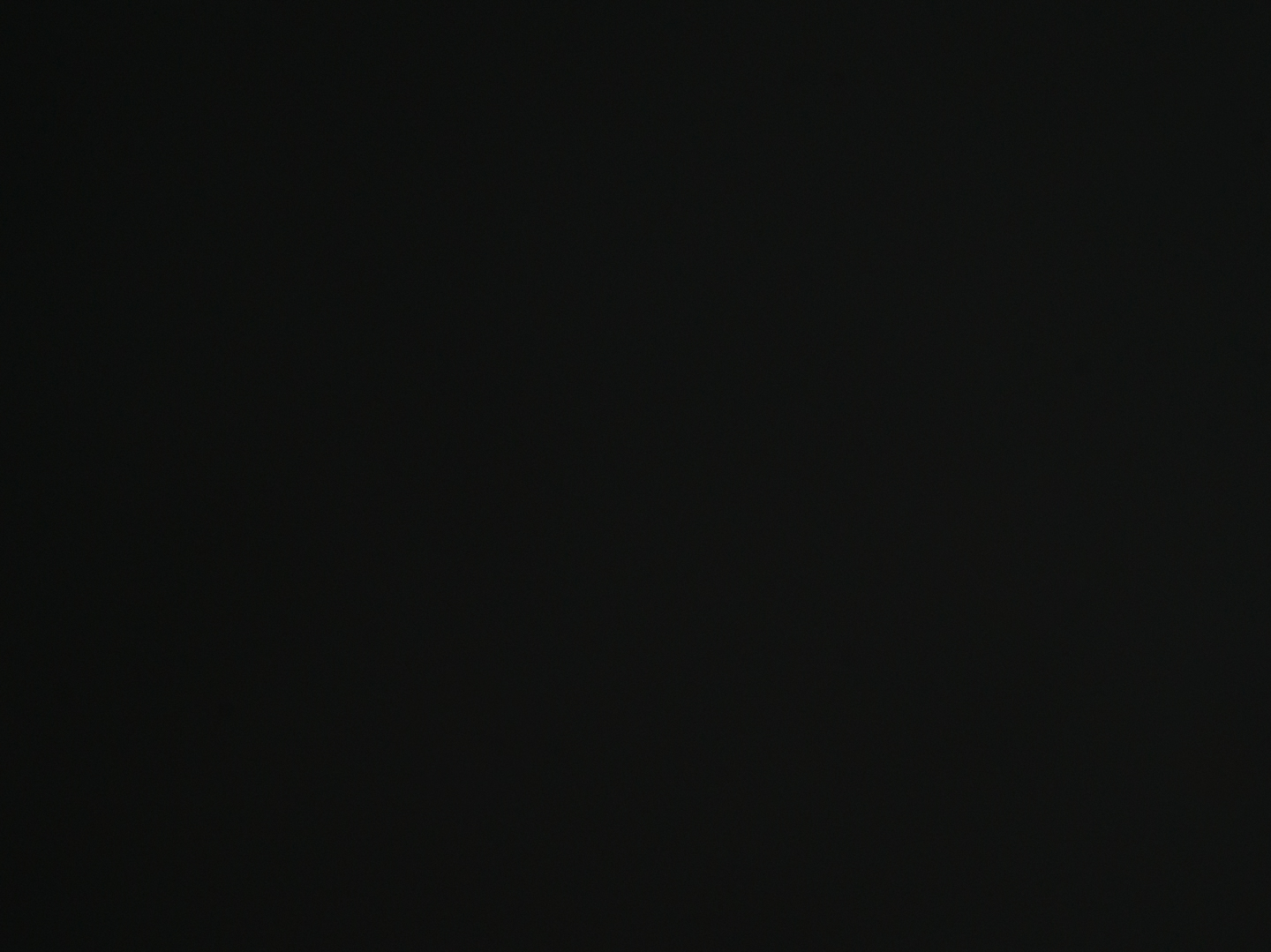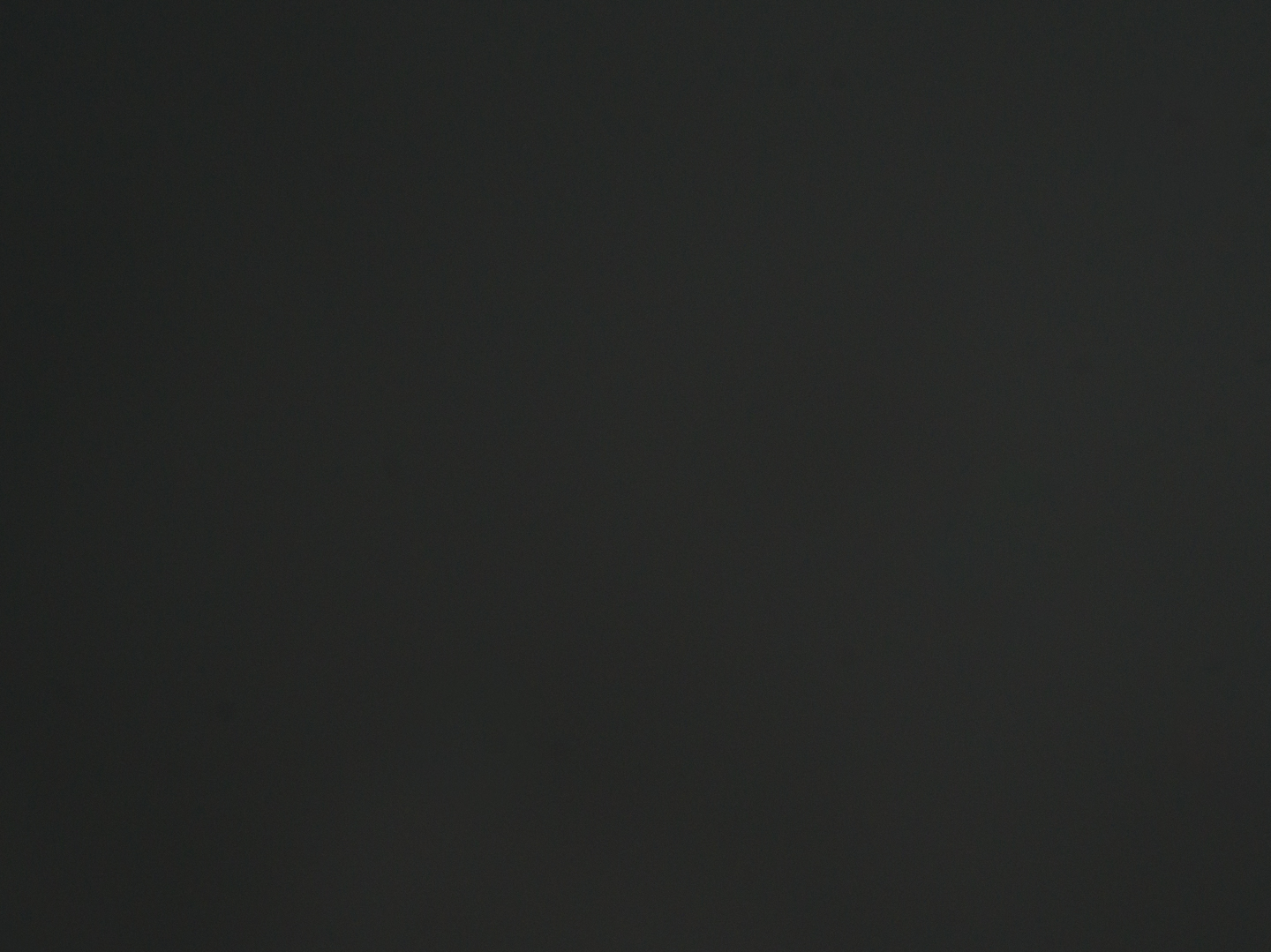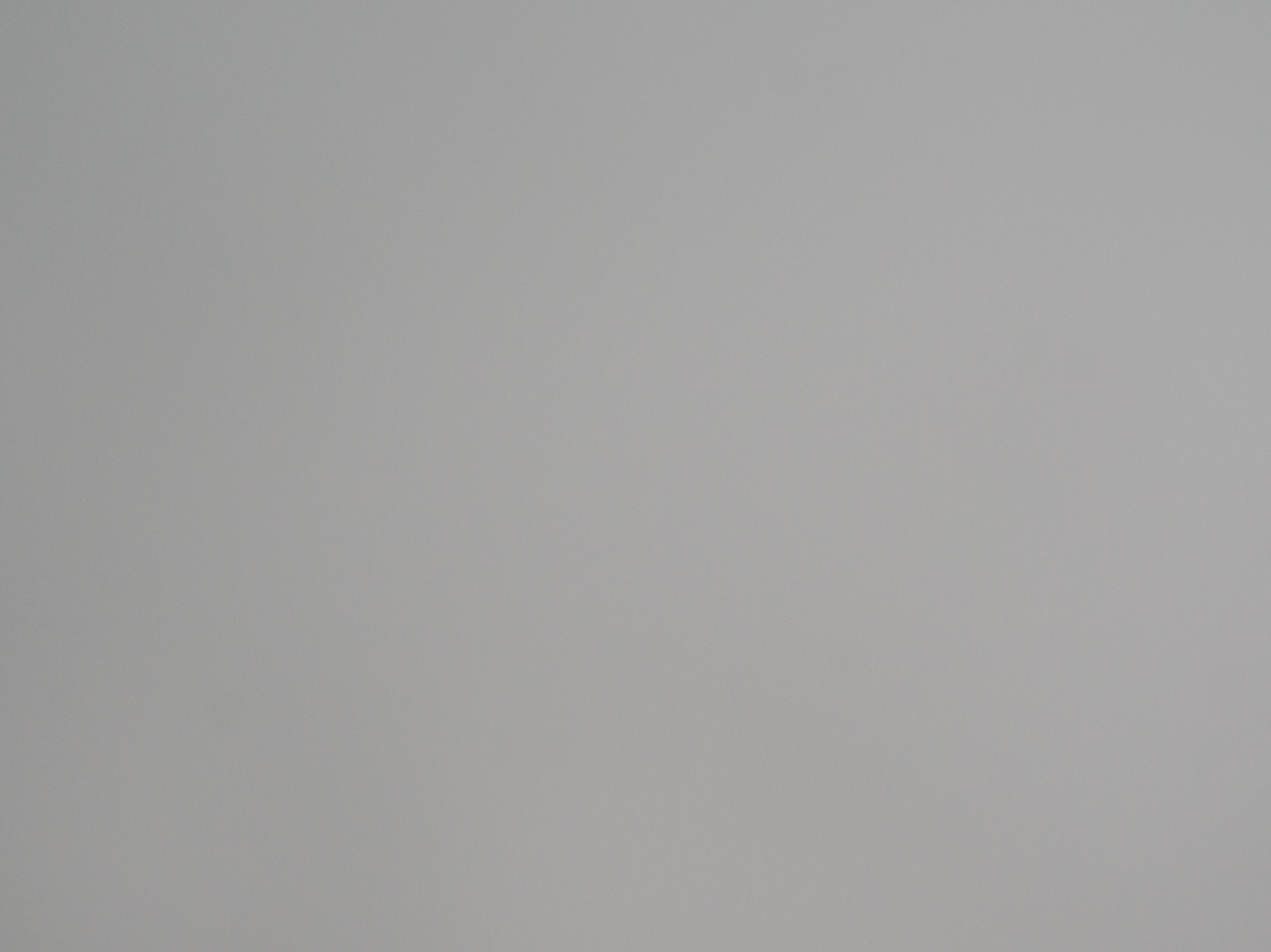The Photo Video Guy Guide to Successful Spot Metering
/Spot Metering has a lot of power, but used incorrectly results in often disastrous images. In this tutorial, we will learn to use it properly and for maximum effectiveness
Exercise One
Our exercise demonstrates what spot metering does. Follow the instructions exactly and DO NOT CHIMP.
- Do not use AUTO ISO
- Set your camera to spot metering mode
- If you shoot with Live View or an EVF, turn exposure simulation off
- Set the camera to Program mode and choose an ISO that will give you a safe handholdable shutter speed
- Turn autofocus off
- Get two targets, one non-reflective black and one non-reflective white
- Set the black target up so it is lit indirectly. Fill the frame of the viewfinder/LCD completely.
- Make an image but do not chimp it
- Set the white target up so it is lit indirectly. Fill the frame of the viewfinder/LCD completely.
- Make an image but do not chimp it
- Engage playback and compare the two images.
What do you see?
This proves that the camera meter works very well to create an exposure that averages middle grey, since both images are the same exposure, although they may have slightly different tints, caused by the colour temperature of the lighting at hand.
Spot metered exposure off a black card
Spot metered exposure off a white card
What Does This Tell Us?
Whatever we drop the spot on will offer an exposure that will deliver a middle grey level of luminance from the subject being metered. Awesome if the subject actually has a luminance of middle grey 127,127,127 in RGB measurements. Bad news if it does not.
The Meter Range
Your camera light meter is based on 8 bit measurements. So while the camera sensor may have more or less dynamic range, black is always 0,0,0 and white is 254,254,254
By dividing each section equally we can get an RGB scale that is pretty close to accurate
Check the metering guide to see what I mean
What to Spot?
This question is actually one of the foundations of the Zone System created by Ansel Adams and others nearly a century ago. The presumption is that not all scenes average to a middle grey and more importantly, we might want to place the scene elsewhere on the scale.
In the perfect world, you meter off an indirectly lit grey card. This is your nominal exposure. Then you individually meter the key elements of your scene and note their exposure values. This will give you the deviance in exposure values (aka stops) from the nominal value. Since most cameras today have at least eight stops of dynamic range, so long as no area of the scene is outside that scale, you can shoot and get a reasonably accurate rendition. If however, your scene is mostly darker than the nominal, you may choose to shift the exposure to the right, to add more exposure in the darks to reveal detail and reduce noise. This means that everything shifts to the right, so you must also watch your lighter areas to see where they will blow out, and if they will, whether or not you care.
Only the spot meter gives you this level of meter control and management. You will see by now that spot metering is likely not your default metering mode, because you must be cognizant of the luminosity of the spot being metered. This is where most people using spot metering run into trouble, by not remembering this key point.
A workaround for the problem of dynamic range came about with the release of High Dynamic Range software. This software would combine multiple exposures together, to increase the relative dynamic range of the final combined image. It did this by taking the brights from an underexposed image to grab their detail, the midtones from a central image and the darks from an overexposed image to grab their detail. In the most basic sense, this is like using dodging and burning in the darkroom, so long as the whites and blacks are not clipped in the capture process. Prior to there being HDR, digital artists did the same thing by combining multiple exposures of the same scene and using masks to block or pass selected areas of each individual image. This digital method is similar to that used in the chemical darkroom by black and white printing masters. Unfortunately, HDR got a bad reputation very quickly because of the capability and then tendency for creatives to overcook, oversaturate and overload micro structure into images that burned viewer's retinas. To each their own, but in my opinion, a really great HDR is not evidently an HDR.
Exercise Two
For this exercise you will need a grey card set, consisting of a grey card, black card and white card. These are extremely useful tools if you want to become good at using the spot meter.
- Do not use AUTO ISO
- Set your camera to spot metering mode
- If you shoot with Live View or an EVF, turn exposure simulation off
- Put the camera in Program mode and set an ISO that let's you handhold your camera.
- Fill the frame with the black card, and make an exposure using spot metering.
- Fill the frame with the grey card, and make an exposure using spot metering.
- Fill the frame with the white card, and make an exposure using spot metering.
When you examine the images, you will discover that they look nearly identical, as they should if the meter is working properly and you have followed the instructions correctly. Next you will determine the range of your scene.
Spot metered exposure of a grey card. Doesn't get more accurate than this. 1/180 f/7.1 ISO 800
Spot metered exposure off a black card Same light. 1/180 f/3.2 ISO 800
Spot metered exposure off a white card. Same light. 1/180 f/13 ISO 800
What we see is that the camera decided that the black card needed more exposure so opened up the aperture to make the black turn grey. We also see that the camera decided that the white card was too bright, so closed down the aperture to make the white turn grey. In every case, the camera did EXACTLY what it is supposed to do.
Exercise Three
- Do not use AUTO ISO
- Set your camera to spot metering mode
- If you shoot with Live View or an EVF, turn exposure simulation off
- Fill the frame with the grey card, and make an exposure using spot metering
- Dial in -1 EV exposure compensation, and make an exposure using spot metering
- Dial in -2 EV exposure compensation, and make an exposure using spot metering
- Dial in -3 EV exposure compensation, and make an exposure using spot metering
- Dial in +1 EV exposure compensation, and make an exposure using spot metering
- Dial in +2 EV exposure compensation, and make an exposure using spot metering
- Dial in +3 EV exposure compensation, and make an exposure using spot metering
You now have 7 exposures at 1 EV intervals. By viewing the sample images on the LCD, you will have a very good idea how much exposure compensation is needed for this lighting to make the whites white and the blacks black. There are some guidelines in the meter guide, but this very simple exercise gives you very clear guidance for your particular situation. Here are my samples from -3 to +3 with two bonus images. The darkest image is at minus 3 ⅓ about as dark as one should consider while still wanting to hold some detail in the black. The brightest image, which sadly still looks a bit grey on the screen, is at +3 ⅓ about as bright as one might go if you want to hold detail in the white. Note that neither of these are pure black or pure white, there is about another ⅔ EV to go for either of those.









Now What?
You now have the core competencies to understand spot metering, so how to use these skills to greatest efficiency? My first thought to share is that spot metering is a series of actions, not a single one. Here's a sample workflow for you to try.
Set your camera to spot metering and the ISO that you think will best fit the scene. Choose whichever exposure mode will best suit your work, but do note that spot metering properly takes time, so your subject should be static, certainly when starting out.
You will need a notepad and writing implement. Take spot meter readings over different parts of the scene, starting with the brightest and the darkest areas. Write them down.
Determine the range in stops of the scene. If your camera is relatively new, so long as the whole scene range is less than or equal to eight stops, you are in good shape. Set your exposure for the middle and make an exposure. That's your baseline.
Now look around the scene and determine if there is a particular area that you really want to draw attention to, and by this I am referring to defining your intent. Perhaps you want to pull more detail out of the clouds, or maybe there is an interesting texture in the shadows. Now you can move your exposure around to suit your intent, with the understanding that if you raise the exposure to bring out shadows, you may push some areas into overexposure. There's no such thing as a free lunch so accept that somethings may not be ideal. If for example you wish to pull more detail out of the clouds, you may crunch the shadows and the blacks as you drop the exposure. There's nothing wrong with this, because it is your intent. You may not get every part of the scene without some clipping.
Shoot only in RAW. JPEG compression is going to hurt you badly in these scenarios. If you keep inside the eight stop guide, you will probably have more recoverability than you think due to the capabilities of the sensor in your camera. This is one of the reasons why I am much more interested in a sensor's dynamic range than the megapixel count. More DR means more push and pull.
By making numerous spot meter readings and writing them down, you can see what kind of exposure manipulation will tell the story of your intent most effectively. This is a process not just a one stab action.
I also suggest making note of edits that you know that you will want to do. Don't overthink this, but consider two adjustments only to start out. They are dodging and burning. Dodging lightens an area, and burning darkens it. You may determine that you cannot drop the exposure enough in camera to get all the cloud detail that you want, but so long as they are not clipping, you can use a Burn tool to adjust them in post processing. You may not be able to raise the shadows enough without clipping the clouds, so you would note to use a Dodge tool on the shadow areas to reveal more data.
Remember the mathematical reality of expose to the right with digital. You have more latitude if you are nominally over, than if under because pulling down highlights works and does not add noise, whereas lifting shadows and particularly blacks will increase noise based on sensor math. I have written at some length on Expose to the Right, so feel free to read articles where I refer to this subject. A detailed article will be posted shortly.
Summary
By this point, you are probably exhausted from looking at swatches of grey. Fair enough, so let's end the tutorial. What I hoped that you have gleaned is that spot metering is less a thing and more of a process. You can certainly use spot metering without following the process so long as you accept that whatever the spot is on when the exposure gets locked in is what is going to fall onto the middle grey area of the tonal range. This is great so long as that's what you want. But frankly, if that's what you want, meaning you do not want to apply yourself, spot metering is not really helping you at all. Stay in matrix/evaluative, whatever your manufacturer calls the default. You'll save time and have a higher probability of success.
However, if you want to see the full range of exposure values across your scene, and are prepared to take readings off all the areas that matter and then decide which tone you want to fall where in the tonal map, spot metering will make a huge difference in your photography. You will be more inclined to get what you wanted out of the camera, and be less likely to be moving luminosity values around in post processing. Post processing is so good, it allows many photographers to be unconsciously incompetent, which is not an insult, but a descriptor for a level of mastery. To get better, you must work, and learn by your mistakes and your success. If you choose to do so, photography will become that much more powerful for you.
If you shop with B&H Photo Video, please consider doing so through the link on thephotovideoguy.ca as this helps support my efforts and has no negative impact whatsoever on your shopping experience. If you find the podcast or articles of value, consider clicking the Donation tab in the sidebar of the website and buy me a coffee. Your donation goes to help me keep things going. Email your questions on any photo or video topic and I will try to respond within a day.
I'm Ross Chevalier, thanks for reading, and until next time, peace.














